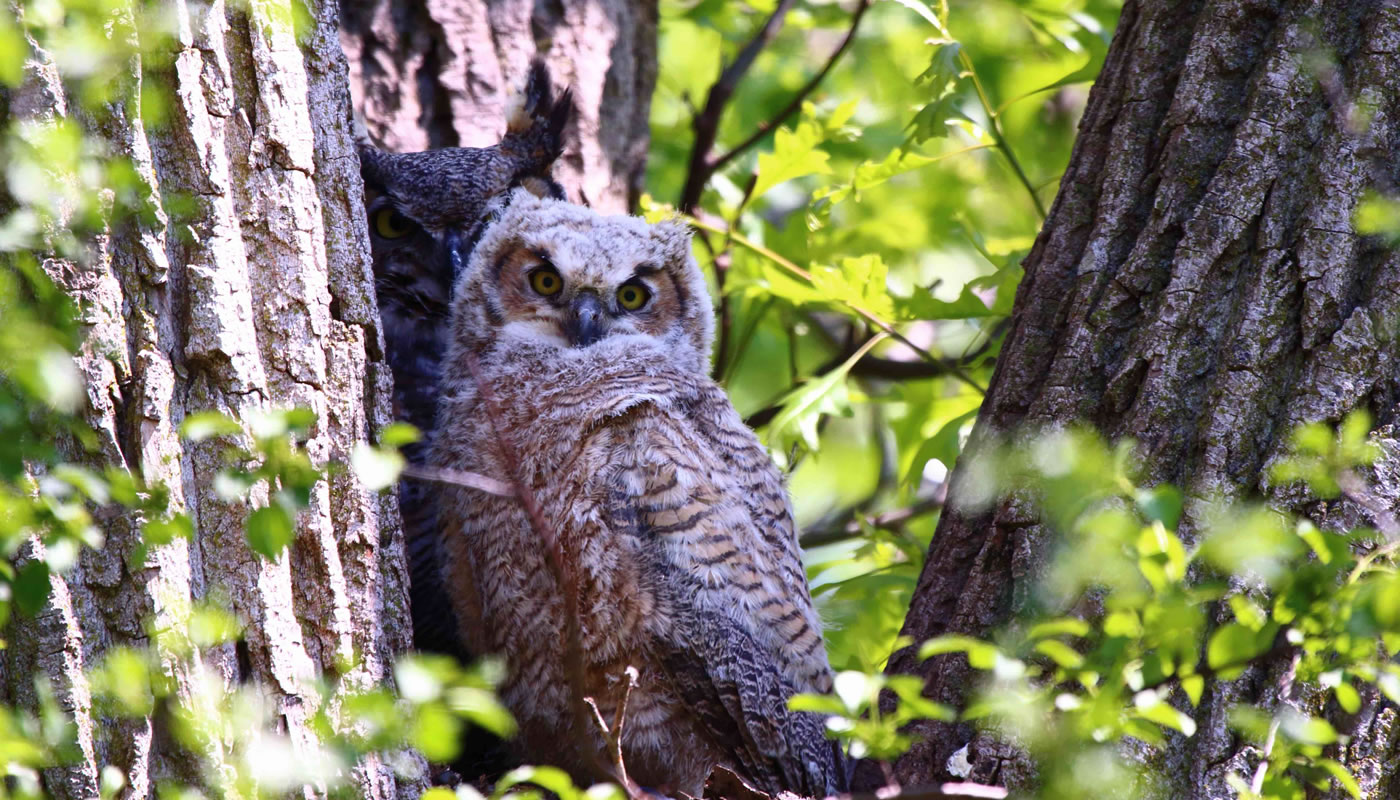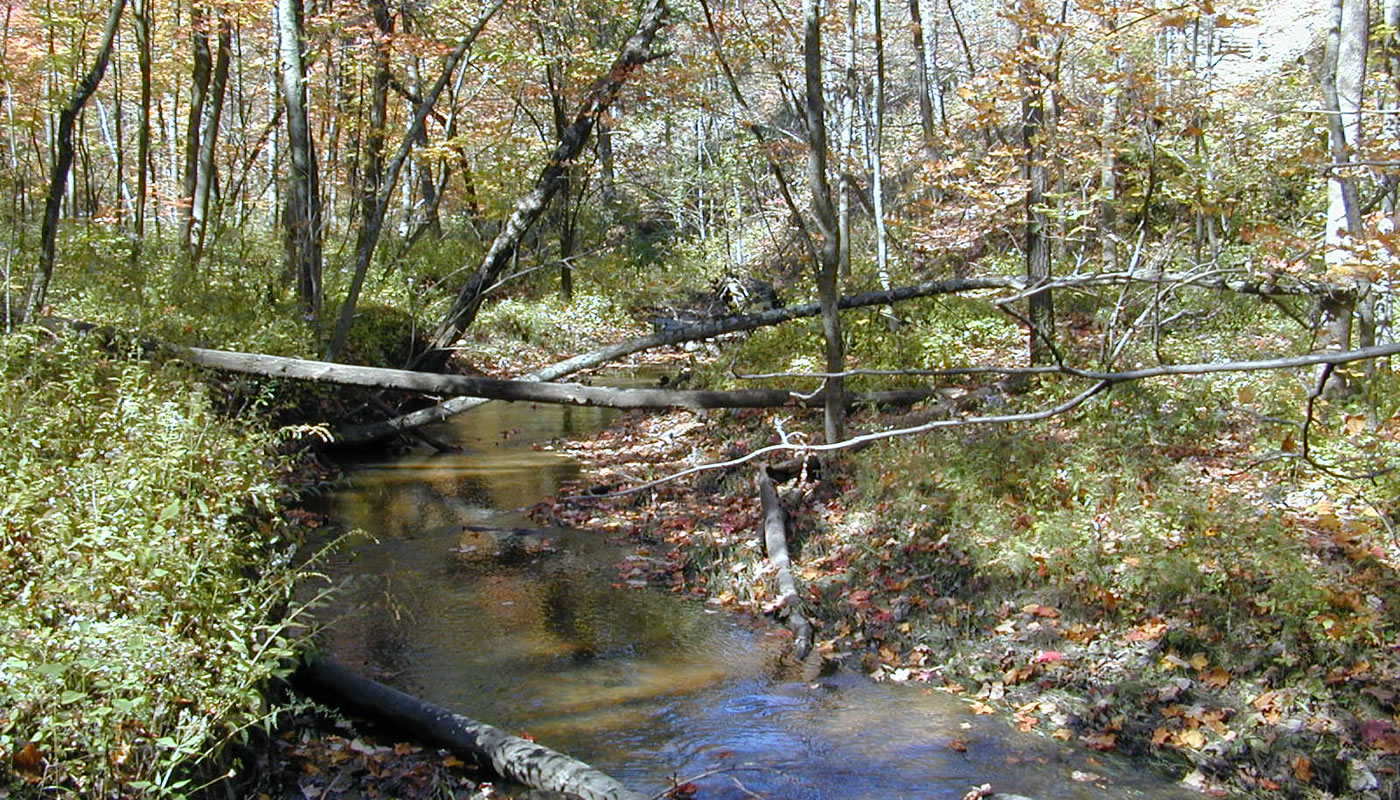One hundred years ago this weekend—way back in 1916—a committee of the fledgling Forest Preserve District of Cook County officially recommended the acquisition of some 1,000 acres in Palatine Township. The measure set in motion the purchase of the very first forest preserve in Cook County, what we know today as Deer Grove West. As we enter this historic summer for the preserve, we asked Pete Jackson, one of Deer Grove West’s two volunteer site stewards, what it’s like to be a caretaker of such an important place 100 years on.
When did you first meet Deer Grove? Was it love at first sight?
Even though I grew up in the area and had heard about Deer Grove, I had never actually been there until the previous steward, Dale Shields, invited me to come to a workday. This was around ‘98. I was a regular volunteer from that first workday on, so it was absolutely love at first sight!
What sets Deer Grove West apart from other places? What’s your favorite thing about this place?
The combination of size and quality. Deer Grove is around 1800 acres, and there are many high-quality, remnant areas with rare plants and animals. Almost every time I go to Deer Grove I discover something new. It might be a new plant species, or a bird or butterfly I had never seen there. Or an undisturbed wetland. That’s what is most impressive about Deer Grove—it harbors many treasures, and we are always discovering something new.
How long have you been a site steward at Deer Grove? How long have you been volunteering there?
I have been volunteering there since 1998 and have been a site steward with Ron Vargason since January of 2004, if my math is right. Ron and I are on our 12th year. What a privilege it has been!
What is it like to be one of the site stewards of the first preserve purchased by the Forest Preserves of Cook County?
Humbling. An honor beyond words. It’s like we were waiting for the rest of the world to discover what we already knew—that Deer Grove is a very special place. The original INAI (Illinois Natural Areas Inventory) had missed it, there was no mention of it in Swink & Wilhelm, and the Illinois Nature Preserves Commission picked 499 other sites before selecting Deer Grove as the 500th Illinois Nature Preserve in 2010. Things have changed: now the FPCC is making Deer Grove a top priority.
Why do you think the Forest Preserves’ founders acquired Deer Grove first, before other properties on their wish list?
This is a question that I would like to research more to find out the answer myself. I have read that [University of Chicago biologist Henry Chandler] Cowles did surveys in the northern part of the county and wondered if maybe he had been to Deer Grove. [Early 19thcentury botanist Herman] Pepoon mentions botanical finds near Palatine that may have been from Deer Grove. It could be that these early ecologists were logging information that was taken into account by the founding fathers of the Forest Preserves.
Do you see differences between the original 500 acres and the later acquisitions?
Not really. There are many wonderful things about all of Deer Grove West and East. Deer Grove East was more impacted by farming, but there are remnants there that are very impressive. Deer Grove West has been subjected to degradation from stormwater, grazing and invasive species, but still supports many minimally disturbed areas. It has been very resilient to the varied stressors that have threatened its ecological integrity.
Maybe someone has already pointed out that you share a name with the director of the Lord of the Rings movies. Have you ever experienced anything like the Ents?
I have no idea what you are talking about! Do you mean like ants in the pants? I have heard there is a director with the same name, but beyond that I can’t help you!
Okay, not a Tolkien fan apparently. Speaking of “ants in the pants,” do you tuck your pants into your socks to keep out ticks?
No. I have never seen a tick at Deer Grove!
How long has Deer Grove Natural Area Volunteers been in existence? How’d you get your start?
Our group came together in November of 1995. We began as a group of local citizens who wanted to come together to address some of the problems the preserve was facing.

How many acres has DGNAV worked on since it began?
We have restored approximately 75 acres since we came into existence.
How many volunteers usually show up to a workday?
One day five people show up, another day 30 show up. I would say that 12 is a typical number.
Of all the volunteer accomplishments at Deer Grove, what are you most proud of?
Sustainability. Keeping our group dynamic and growing with amazing people. Also, sustainability: keeping some of the highest quality areas to be relatively free of invasive species. People seem perplexed that there is not more garlic mustard at Deer Grove. That is our handiwork—along with the resilience of Deer Grove.
The FPCC is currently engaged in a big restoration project at Deer Grove West. What has happened so far, and where? What’s still scheduled? How do volunteers figure into this effort?
Yes, contractors are working to clear around 240 acres in the central part of Deer Grove West. They have gotten about half of that cleared so far. Their work complements our brush-clearing work, as they are able to thin shade-tolerant canopy trees that we cannot tackle. They will complete their clearing work next winter.
Volunteers will be the sustainability of the contractors’ work: after they are gone we will be there to maintain the progress through resprout treatment, seed sowing, etc.
What are the top needs of Deer Grove Natural Areas Volunteers? From the public? From volunteers? From the FPCC?
I guess our top need is leadership. Ron, Mark Krivchenia and I can use more help leading workdays and taking ownership of key tasks such as herbiciding, seed collecting and monitoring. We have a very capable group of regular volunteers and we are working toward this goal.
What’s your most powerful restoration tool?
Chainsaws! No, seriously, our volunteers. Then chainsaws!
When is the last time Deer Grove burned? Where?
The FPCC has been regularly burning areas of Deer Grove since March of 2001. They are doing a very good job.
Who are your conservation heroes?
That is a very interesting question! We have many local conservation heroes. I was fortunate enough to be friends with Ray Schulenberg, who taught me a lot about plants but who also had a profound appreciation for remnant natural areas. Wayne Schennum and Ken Klick have enriched my education as a conservationist and have been very influential in my “career” as a volunteer site steward.
There are many other people who rise to the level of “hero” in my view, including our regular volunteers who are driven by the challenge and excitement of restoring Deer Grove. They devote countless hours toward our common goal of restoring Deer Grove.

What is your favorite native species from Deer Grove?
This is a very difficult question to answer! I will give you a few: hazelnut, bur oak, false hop sedge, and several endangered plants I am sworn not to mention! Wood frogs. (Are you still there? Could you be there?) We have red-headed woodpeckers and sandhill cranes nesting in Deer Grove East. We have pileated woodpeckers who now call Deer Grove West home, thanks to emerald ash borer (I suspect). They are awesome birds!
What are the three coolest things you’ve learned about Deer Grove’s history? Have you encountered any artifacts or remnants of past human uses?
There are very cool things about both the natural and cultural history of Deer Grove. In terms of natural history, the 1838 Public Land Survey documented the dominance of oaks on the site, and the earliest aerial photo taken in 1938 a century later shows that Deer Grove was still quite open, in stark contrast to the current landscape. This is why contractors are thinning some of the shade-tolerant trees out—to restore Deer Grove to its former, more open-canopy, condition.
In terms of cultural history, I have an old map from 1804 that shows a Native American village at Deer Grove. George Ela, our area’s first settler, built a cabin at Deer Grove in the early 1830s. Our volunteers have been led to the site of his cabin by representatives of the Palatine Historical Society.
What’s the biggest challenge facing Deer Grove West right now?
Covering such a vast site. Even with the contractors’ work, there are large areas that are not being managed as they should be. But we’re making good progress. By targeting the highest-quality areas first, we feel we’re on a good trajectory to restore Deer Grove the way it should be restored.
Is there something most people don’t know about Deer Grove, but should?
Deer Grove supports some very amazing indigenous plant communities that are fairly intact despite the various stressors that are threatening its continued existence as a high-quality natural area.
Time to put on your fortune-teller helmet. What will Deer Grove look like 100 years from now?
Hmmm…. I guess we won’t be around then to keep an eye on things, now, will we? I hope that with its nature preserve designation and recognition of its natural and cultural significance, folks running the FPCC in 100 years and volunteers living around Deer Grove will be taking special care of it as they are today. I think it will look even better than now, as our work will continue into the future.
To join a Deer Grove workday (West or East), visit fpdcc.com/volunteer.

